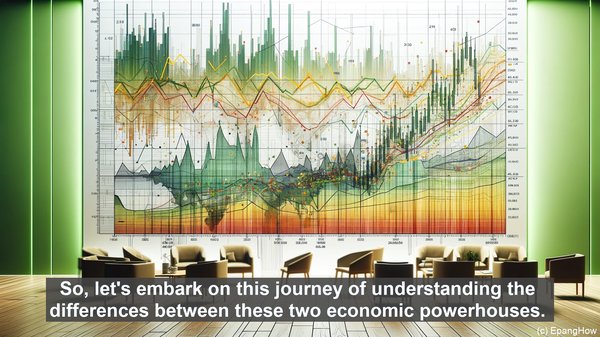Introduction: The World of Economies
Hello everyone! Today, we’re diving into the fascinating realm of economies. While the global economic landscape is vast and diverse, two classifications stand out: developed economies and emerging economies. These classifications are not merely labels; they represent distinct stages of economic growth and development. So, let’s embark on this journey of understanding the differences between these two economic powerhouses.
Developed Economies: The Pinnacle of Progress
Developed economies, as the name suggests, have reached the zenith of economic growth and stability. These nations boast advanced infrastructures, cutting-edge technologies, and highly skilled workforces. Their economies are often characterized by a diverse range of industries, including manufacturing, services, and finance. In terms of GDP, developed economies usually have high per capita income, indicating a high standard of living for their citizens. Additionally, these nations tend to have well-established social welfare systems, ensuring the well-being of their populations.
Emerging Economies: The Rise of Potential
On the other end of the spectrum, we have emerging economies. These nations are in the midst of rapid economic growth and transformation. While they may not have reached the level of development seen in their counterparts, they possess immense potential. Emerging economies often have a strong focus on industries such as manufacturing, technology, and services. They are also characterized by a young and dynamic workforce, which can be a significant advantage in today’s globalized world. As these economies continue to grow, they often attract foreign investments, further fueling their development.
Factors Driving the Differences
Several factors contribute to the disparities between developed and emerging economies. Historical context plays a crucial role, as nations that underwent industrialization earlier had a head start in terms of development. Additionally, access to resources, both natural and financial, can significantly impact a nation’s growth trajectory. Government policies and regulations also shape the economic landscape, with some nations adopting more liberal approaches while others prioritize protectionism. Furthermore, geopolitical factors and global economic trends can influence the growth patterns of both types of economies.

Challenges and Opportunities
While developed economies may have already overcome many hurdles, they face their own set of challenges. These can include issues such as an aging population, the need for sustainable development, and adapting to technological advancements. On the other hand, emerging economies often grapple with issues like income inequality, inadequate infrastructure, and the need for skill development. However, these challenges also present opportunities for growth and innovation, as nations strive to find solutions and create a more inclusive and sustainable economic future.

